Open Journal of Fluid Dynamics
Vol.3 No.4(2013), Article ID:40439,8 pages DOI:10.4236/ojfd.2013.34035
MHD Transient Flow with Hall Current Past an Accelerated Horizontal Porous Plate in a Rotating System
1Department of Mathematics, Gauhati University, Guwahati, India
2Department of Mathematics, ADP College, Nagaon, India
Email: saheel_nazib@yahoo.com, jkg_gurs@rediffmail.com, math_byte@yahoo.com
Copyright © 2013 Nazibuddin Ahmed et al. This is an open access article distributed under the Creative Commons Attribution License, which permits unrestricted use, distribution, and reproduction in any medium, provided the original work is properly cited.
Received September 3, 2013; revised October 3, 2013; accepted October 10, 2013
Keywords: MHD; Rotating System; Transient; Hall Current; Mass Transfer; Skin-Friction
ABSTRACT
An exact solution to the problem of an MHD transient flow with Hall current past a uniformly accelerated horizontal porous plate in a rotating system has been presented. The dimensionless governing equations of the flow problem are solved by Laplace transform technique in closed form. A uniform magnetic field is assumed to be applied transversely to the direction of the flow. The expressions for velocity fields and skin-frictions are obtained in non-dimensional form. The primary and secondary velocity distributions and skin-frictions at the plate due to primary and secondary velocity field are demonstrated graphically and the effects of the different parameters namely, rotational parameter, Hartmann number, Hall parameter and acceleration parameter are discussed and the results are physically interpreted.
1. Introduction
Many engineering problems are susceptible to MHD analysis. The study of MHD flow problems has achieved remarkable interest due to its application in MHD generators, MHD pumps and MHD flow meters etc. The study of effects of magnetic field on free convection flow is important in liquid metals, electrolytes and ionized gases. Geophysics encounters MHD phenomena in interactions of conducting fluids and magnetic fields. The rotating flow of an electrically conducting fluid in presence of magnetic field has got its importance in Geophysical problems. The study of rotating flow problems are also important in the solar physics dealing with the sunspot development, the solar cycle and the structure of rotating magnetic stars. It is well known that a number of astronomical bodies possess fluid interiors and magnetic fields. Changes that take place in the rate of rotation, suggest the possible importance of hydro magnetic spinup. The general theory of rotating fluids has received growing interest during last decade because of its application in Cosmic and Geophysical science. In this regard, we may cite the works done by Raptis [1], Singh [2,3], Alam et al. [4] and Debnath [5].
MHD in the present form is due to the pioneer contri bution of several notable authors like Alfven [6], Cowling [7], Ferraro and Pulmpton [8] etc. It was emphasized by Cowling (1975) that when the strength of the applied magnetic field is sufficiently large, Ohm’s law needs to be modified to include Hall current. The Hall effect is due merely to the sideways magnetic force on the drifting free charges. The electric field has to have a component transverse to the direction of the current density to balance this force. In many works of Plasma physics, it is not paid much attention to the effect caused due to Hall current. However, the Hall effect can not be completely ignored if the strength of the magnetic field is high and the number density of electrons is small as it is responsible for the change of the flow pattern of an ionized gas. Hall effect results in a development of an additional potential difference between opposite surfaces of a conductor for which a current is induced perpendicular to both the electric and magnetic field. This current is termed as Hall current. It was discovered in 1879 by Edwin Herbert Hall while working on his doctoral degree at the Johns Hopkins University in Baltimore, Maryland, USA. Pop [9], Kinyanjui et al. [10], Archrya et al. [11] and Ahmed and Kalita [12] etc. have presented some model studies on the effect of Hall current on MHD convection flow because of its possible application in the problems of MHD generators and Hall accelerators. An unsteady MHD free convective flow past a vertical porous plate immersed in a porous medium with Hall current, thermal diffusion and heat transfer have been studied by Ahmed et al. [13]. Recently, Ahmed and Sarmah [14] have carried out an investigation of MHD transient flow past an impulsively started infinite horizontal porous plate in a rotating system with Hall current.
Due to the importance of studying MHD flow problems in rotating fluid with Hall current, we have proposed in the present paper to investigate an unsteady MHD transient flow with Hall currents past a uniformly accelerated porous plate in a rotating system.
2. Basic Equations
The equations governing the motion of an incompressible viscous electrically conducting fluid in a rotating system in presence of a magnetic field are as under:
Equation of continuity:
 (1)
(1)
Momentum equation:
 (2)
(2)
Kirchhoff’s first law:
 (3)
(3)
General Ohm’s law:
 (4)
(4)
Gauss’s law of magnetism:
 (5)
(5)
where  is the velocity vector,
is the velocity vector,  the angular velocity of the fluid,
the angular velocity of the fluid,  the position vector of the fluid particle P considered,
the position vector of the fluid particle P considered, 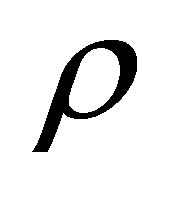 the fluid density, p the pressure,
the fluid density, p the pressure, 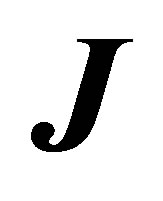 the current density,
the current density,  the magnetic induction vector,
the magnetic induction vector, 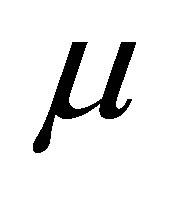 the co-efficient of viscosity,
the co-efficient of viscosity,  the electrical conductivity,
the electrical conductivity,  the time,
the time,  the strength of the applied magnetic field,
the strength of the applied magnetic field,  the electron frequency,
the electron frequency, 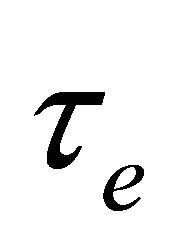 the electron collision time,
the electron collision time,  the electron charge,
the electron charge, 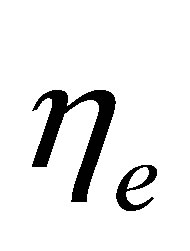 the number density of electron,
the number density of electron, 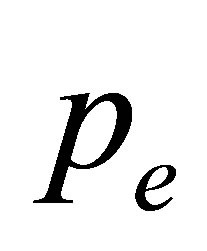 the electron pressure,
the electron pressure,  the electric field,
the electric field,  is the Coriolis acceleration,
is the Coriolis acceleration, 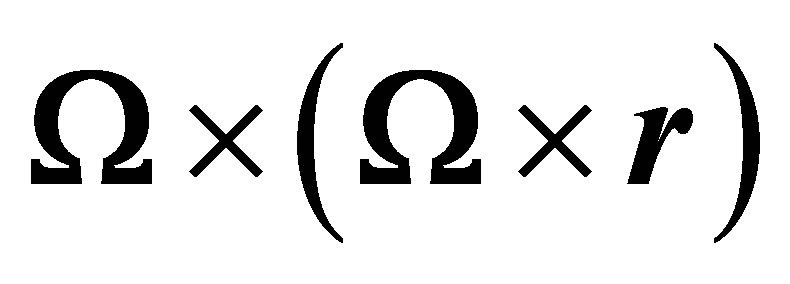 is the centripetal acceleration and the other
is the centripetal acceleration and the other

Flow configuration
symbols have their usual meanings and the other symbols have their usual meanings.We now consider an unsteady flow of an incompressible viscous electrically conducting fluid past a suddenly started infinite horizontal porous plate relative to a rotating system with constant suction in presence of a uniform transverse magnetic field taking into account the effect of Hall current. Our investigation is restricted to the following assumptions:
• All the fluid properties are constants and the buoyancy force has no effect on the flow.
• The plate is electrically non-conducting.
• The entire system is rotating with angular velocity  about the normal to the plate and
about the normal to the plate and  is so small that
is so small that 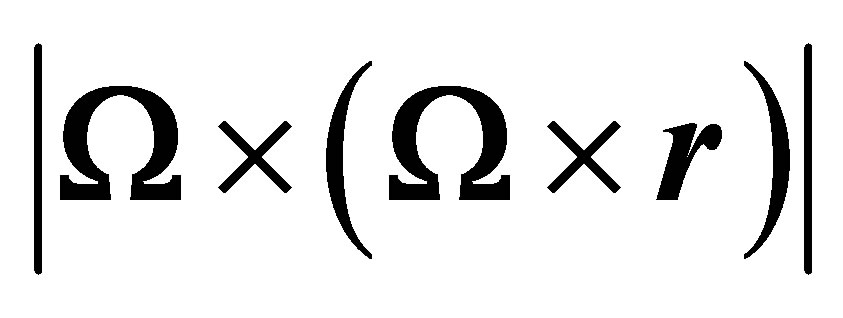 can be neglected.
can be neglected.
• The magnetic Reynolds number is so small that the induced magnetic field can be neglected.
•  is constant.
is constant.
• 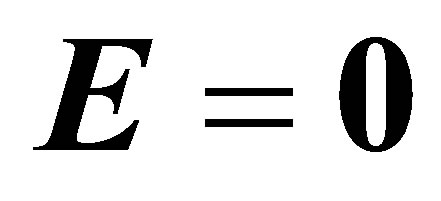 .
.
Initially the plate and the fluid were rotating in unison with a constant angular velocity  about the normal to the plate. At time
about the normal to the plate. At time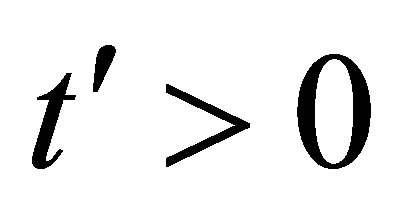 , the plate is moved in its own plane relative to the rotating system with acceleration
, the plate is moved in its own plane relative to the rotating system with acceleration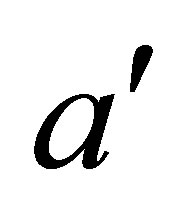 .We introduce a coordinate system
.We introduce a coordinate system 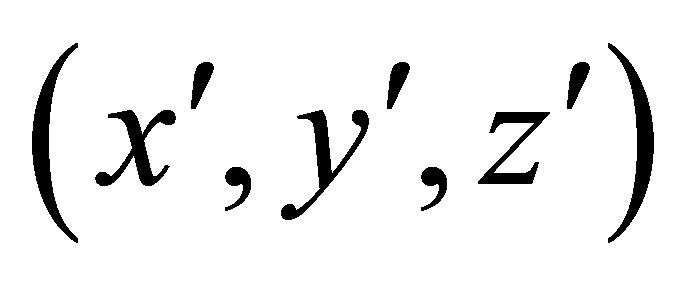 with X-axis horizontally in the direction of the plate velocity, Y-axis horizontally perpendicular to the direction of the plate velocity and Z-axis along the normal to the plate which is the axis of rotation. Let
with X-axis horizontally in the direction of the plate velocity, Y-axis horizontally perpendicular to the direction of the plate velocity and Z-axis along the normal to the plate which is the axis of rotation. Let  be the fluid velocity,
be the fluid velocity,  be the current density at the point
be the current density at the point  and
and 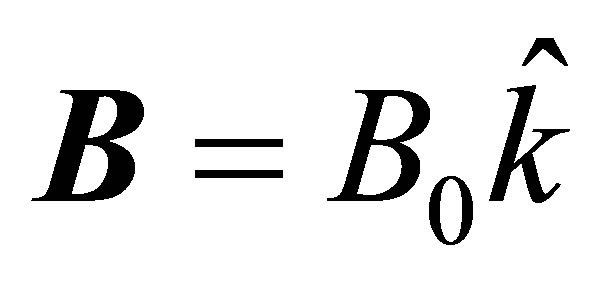 be the applied magnetic field,
be the applied magnetic field, 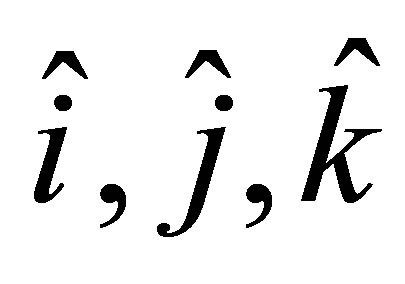 being the unit vectors along X-axis, Y-axis and Z-axis respectively. As the plate is infinite in X-direction and Y-direction, therefore all the quantities except possibly the pressure are independent of
being the unit vectors along X-axis, Y-axis and Z-axis respectively. As the plate is infinite in X-direction and Y-direction, therefore all the quantities except possibly the pressure are independent of 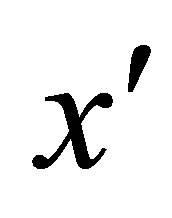 and
and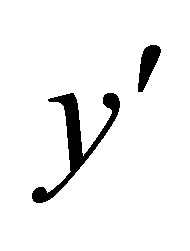 .
.
The Equation (1) gives
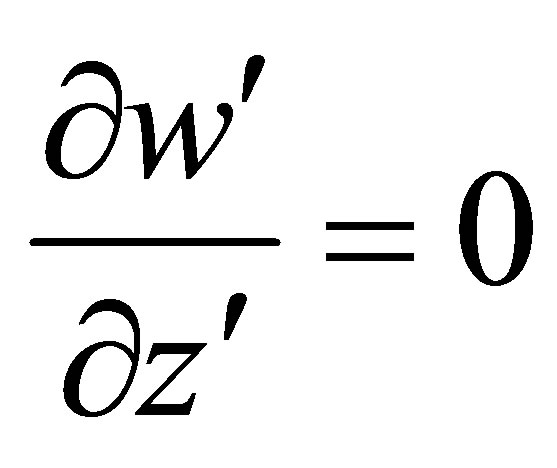 (6)
(6)
which is trivially satisfied by
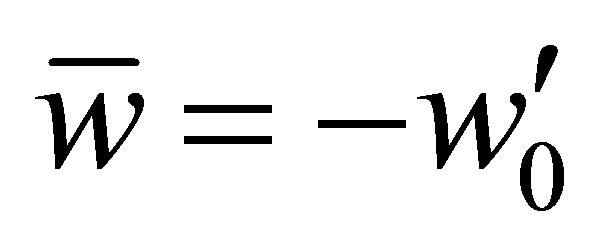 (7)
(7)
Therefore the velocity vector  is given by
is given by
 (8)
(8)
The Equation (5) is satisfied by
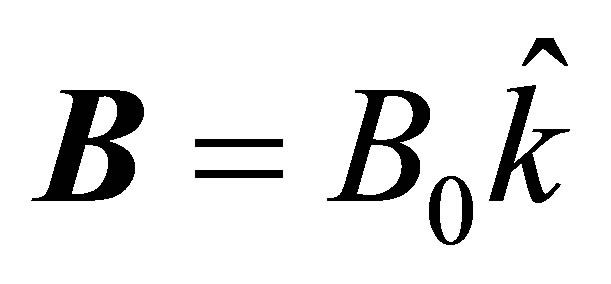 (9)
(9)
The Equation (3) reduces to
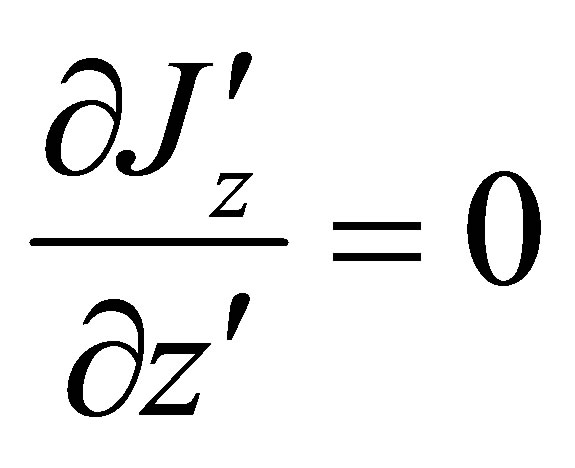
which shows that
 (10)
(10)
(as the plate is electrically non-conducting).
Hence the current density is given by
 (11)
(11)
Under the above assumptions, the Equation (4) takes the form:
 (12)
(12)
where 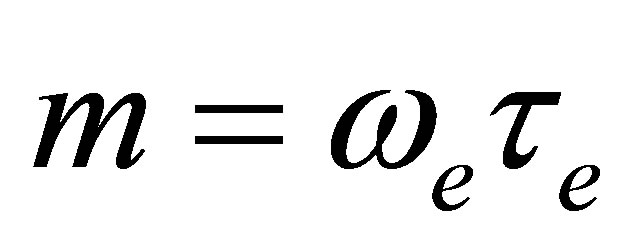 is the Hall parameter.
is the Hall parameter.
The Equations (8)-(12) yield,
 (13)
(13)
 (14)
(14)
With the foregoing assumptions and under the usual boundary layer approximation the Equation (2) reduces to
 (15)
(15)
 (16)
(16)
with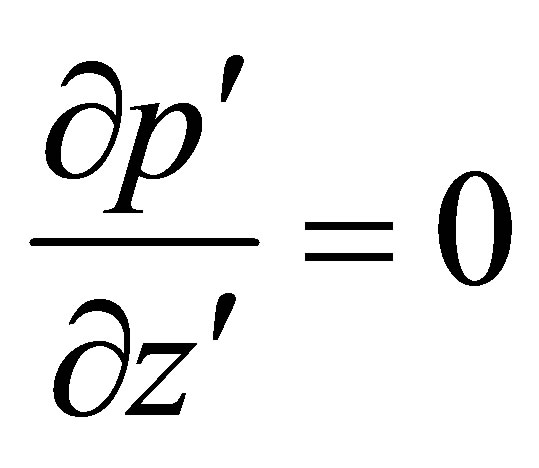 .
.
where  is the constant suction velocity and
is the constant suction velocity and  is the kinematic viscosity The relevant initial and boundary conditions are
is the kinematic viscosity The relevant initial and boundary conditions are
 (17)
(17)
 (18)
(18)
We introduce the following non-dimensional variables and parameters:

The non-dimensional form of the Equations (15) and (16) are
 (19)
(19)
 (20)
(20)
Subject to the initial and boundary conditions:
 (21)
(21)
 (22)
(22)
3. Method of Solution
Let us introduce the complex variable  defined by
defined by 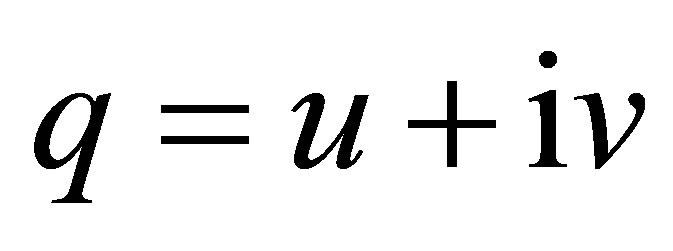 where
where .
.
The non-dimensional forms of the equation governing the flow can be rewritten as follows:
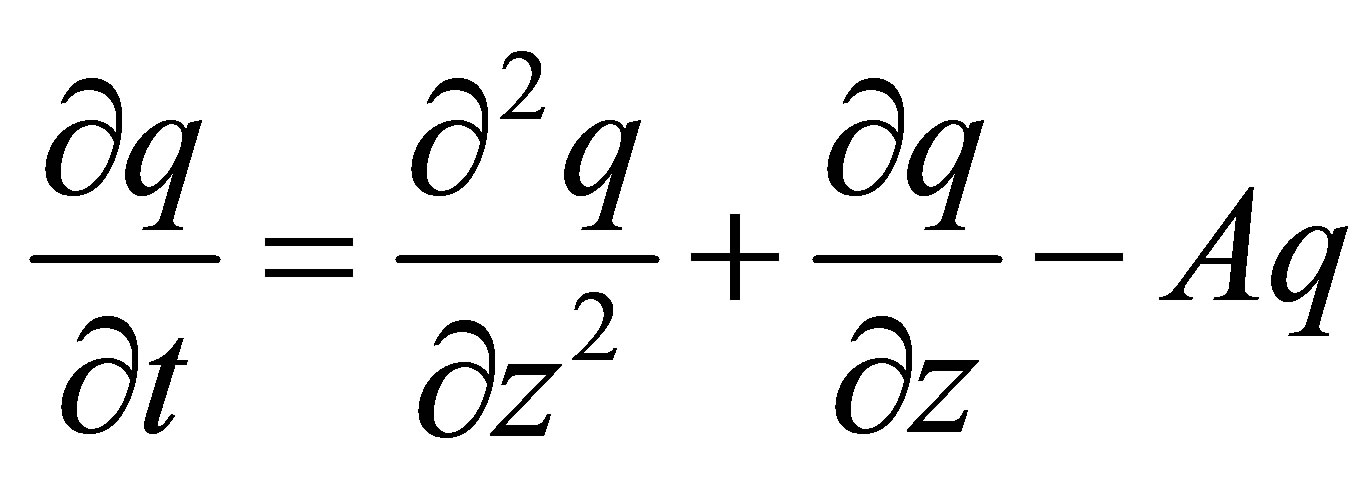 (23)
(23)
where 
Subject to the boundary conditions:
 (24)
(24)
 (25)
(25)
On applying Laplace Transform to the Equation (23), the following ordinary differential equation is derived
 (26)
(26)
with relevant boundary conditions :
 (27)
(27)
 (28)
(28)
The solution of the Equation (26) under the conditions (27) and (28) is
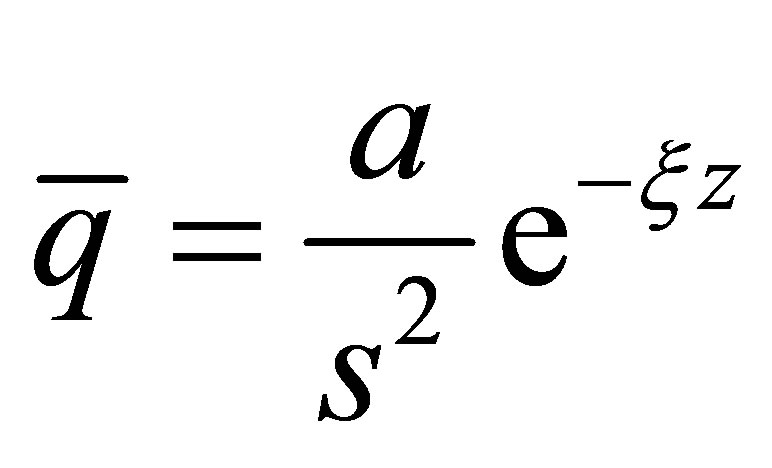 (29)
(29)
Taking inverse Laplace transforms of the Equation (29) we derive the following:
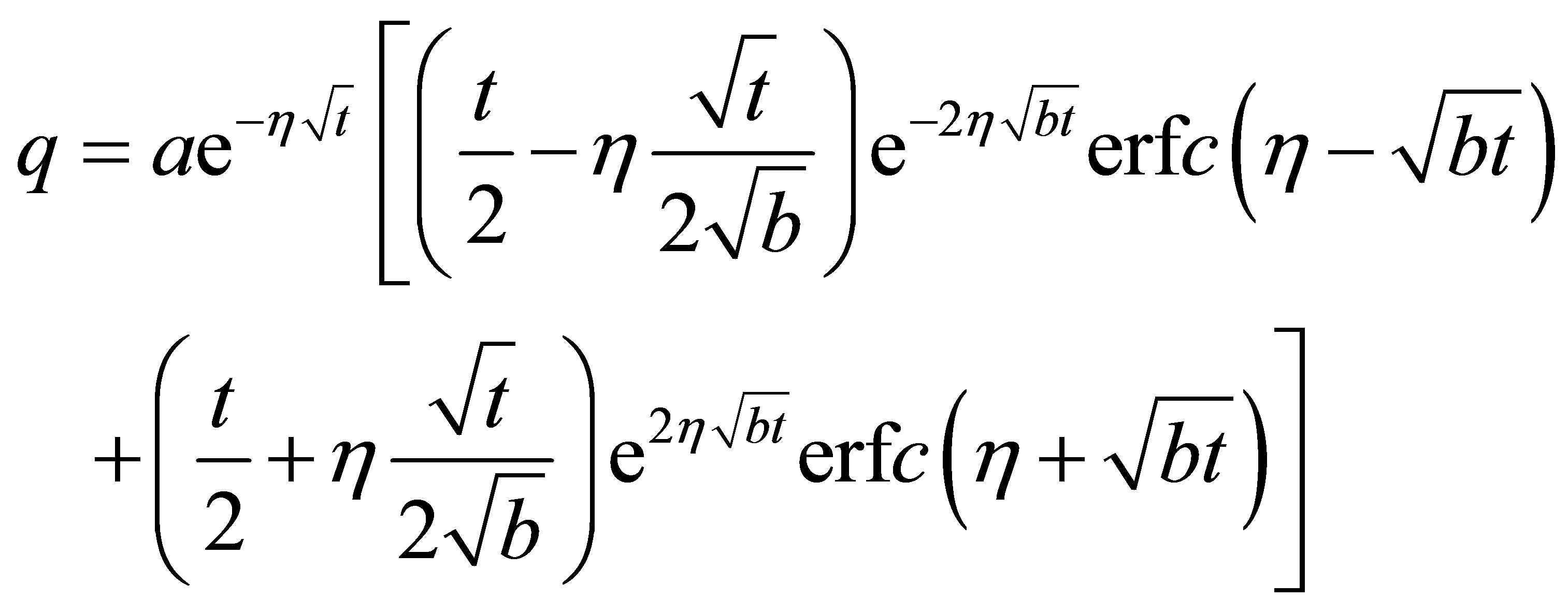 (30)
(30)
where,  ,
,  ,
,  and
and 
4. Skin Friction
The non-dimensional skin-friction at the plate is given by
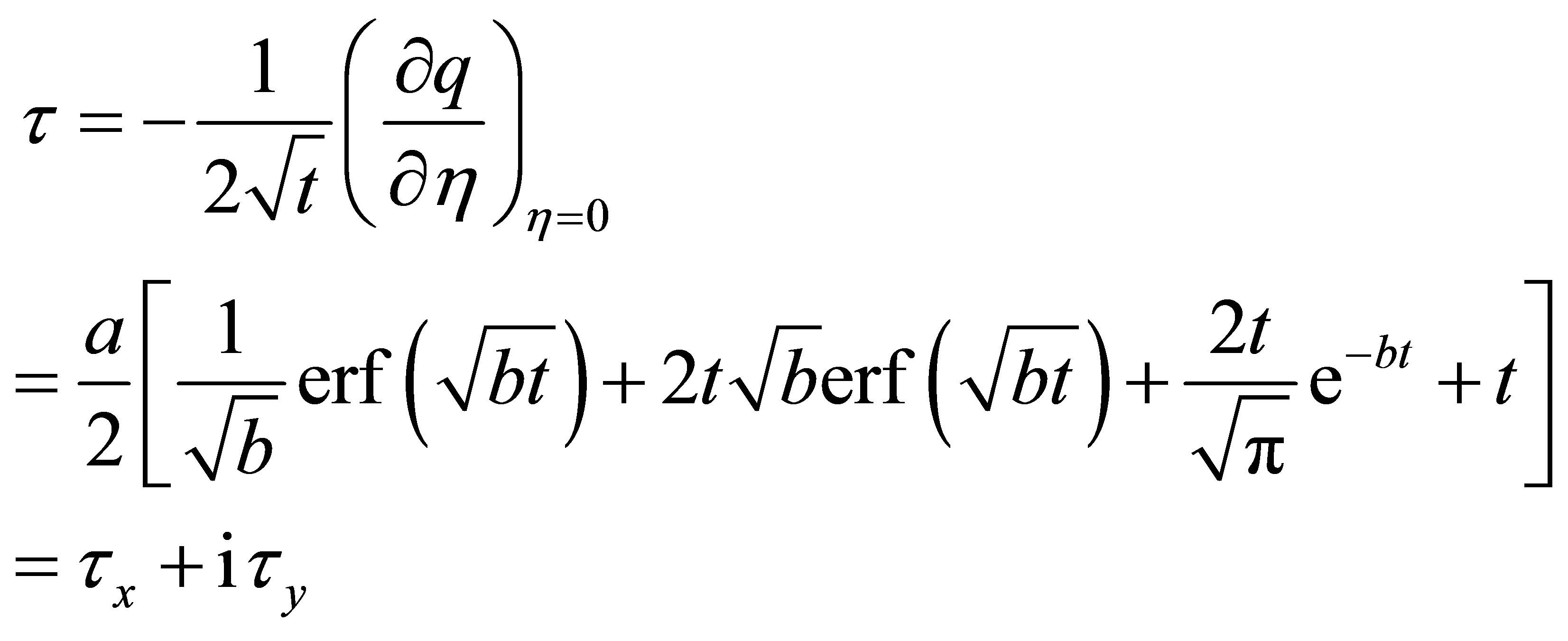
where 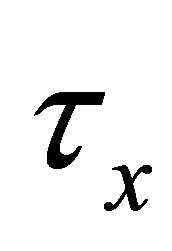 and
and  are the skin-frictions at the plate due to the primary and the secondary velocity fields. The expressions for
are the skin-frictions at the plate due to the primary and the secondary velocity fields. The expressions for  and
and 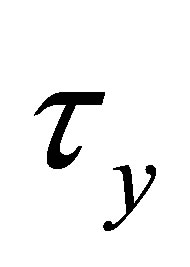 are obtained but not presented here for the sake of brevity.
are obtained but not presented here for the sake of brevity.
5. Results and Discussion
In order to get the physical insight into the problem we have carried out numerical calculations for the representative velocity field and skin-friction at the plate for different values of the physical parameters involved and these values have been demonstrated in different graphs. Our investigation is restricted to t equal to 1 and the other parameters namely, rotational parameter , Hartmann number
, Hartmann number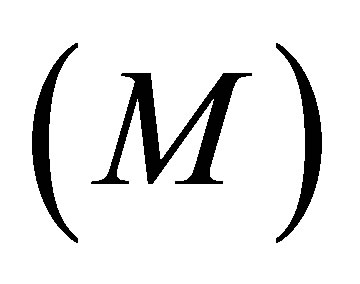 , Hall parameter
, Hall parameter 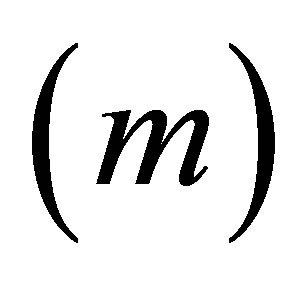 and accelerating parameter
and accelerating parameter  has been considered arbitrarily.
has been considered arbitrarily.
Figure 1 depicts the variation in skin-friction  due to the primary velocity field versus Hall parameter
due to the primary velocity field versus Hall parameter 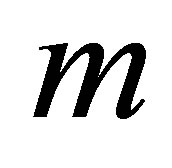 for different values of rotational parameters
for different values of rotational parameters . It is noticed that
. It is noticed that 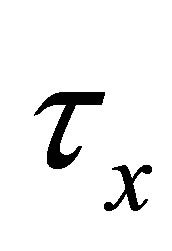 decreases with increasing values of Hall parameter
decreases with increasing values of Hall parameter  whereas a rise in the values rotational parameter
whereas a rise in the values rotational parameter  results a growth in
results a growth in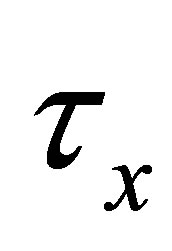 .
.
The influence of Hartmann number 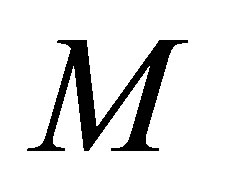 on skin-friction
on skin-friction 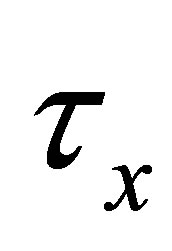 against Hall parameter
against Hall parameter 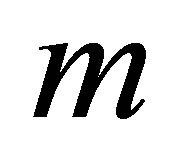 is presented in Figure 2. It is observed that a growth in the Hartmann number
is presented in Figure 2. It is observed that a growth in the Hartmann number 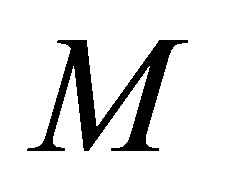 leads to an increase of
leads to an increase of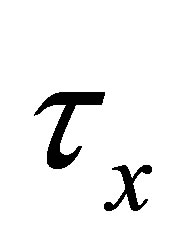 . Moreover, it is seen
. Moreover, it is seen
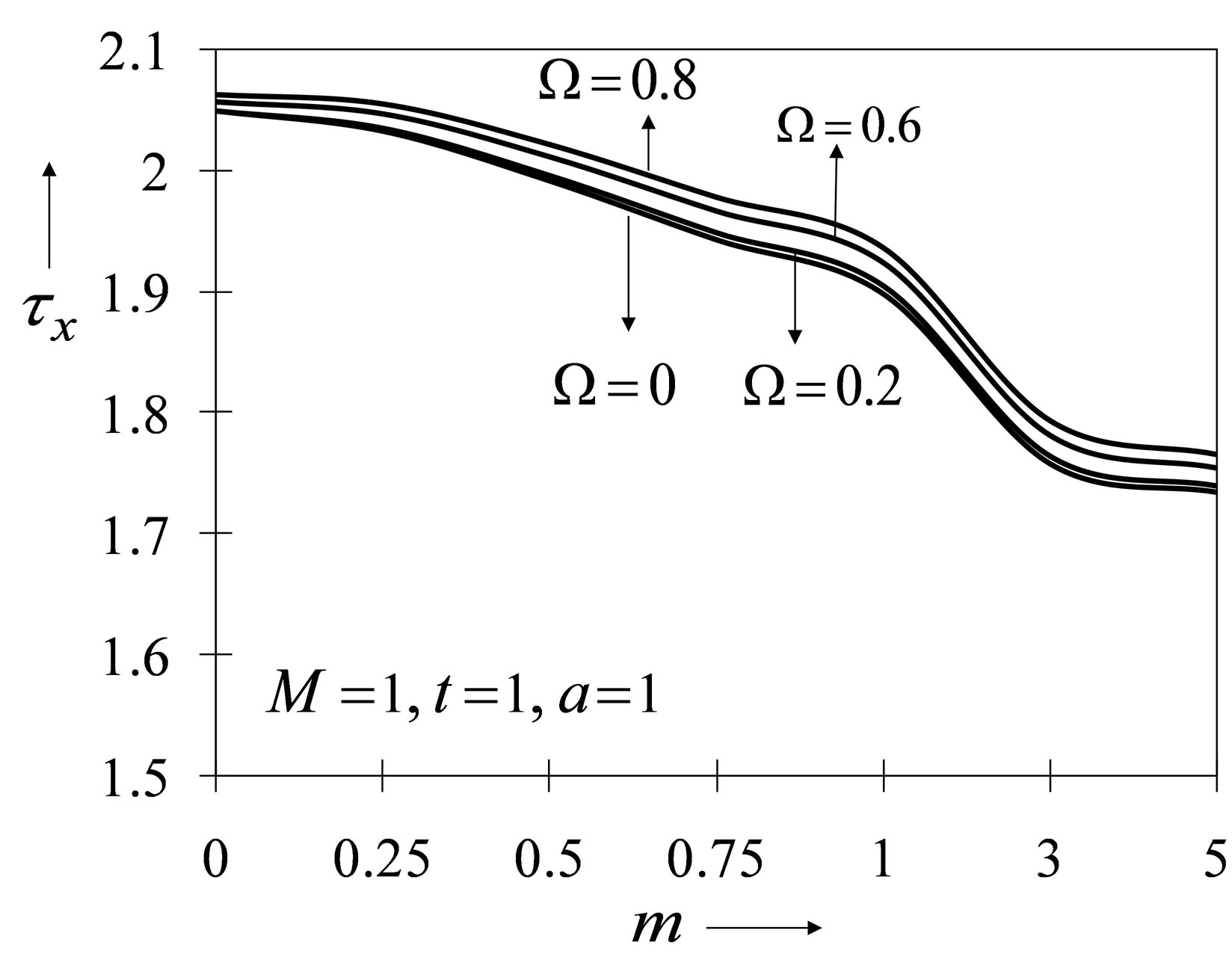
Figure 1. The behavior of  versus m under the effect of
versus m under the effect of .
.
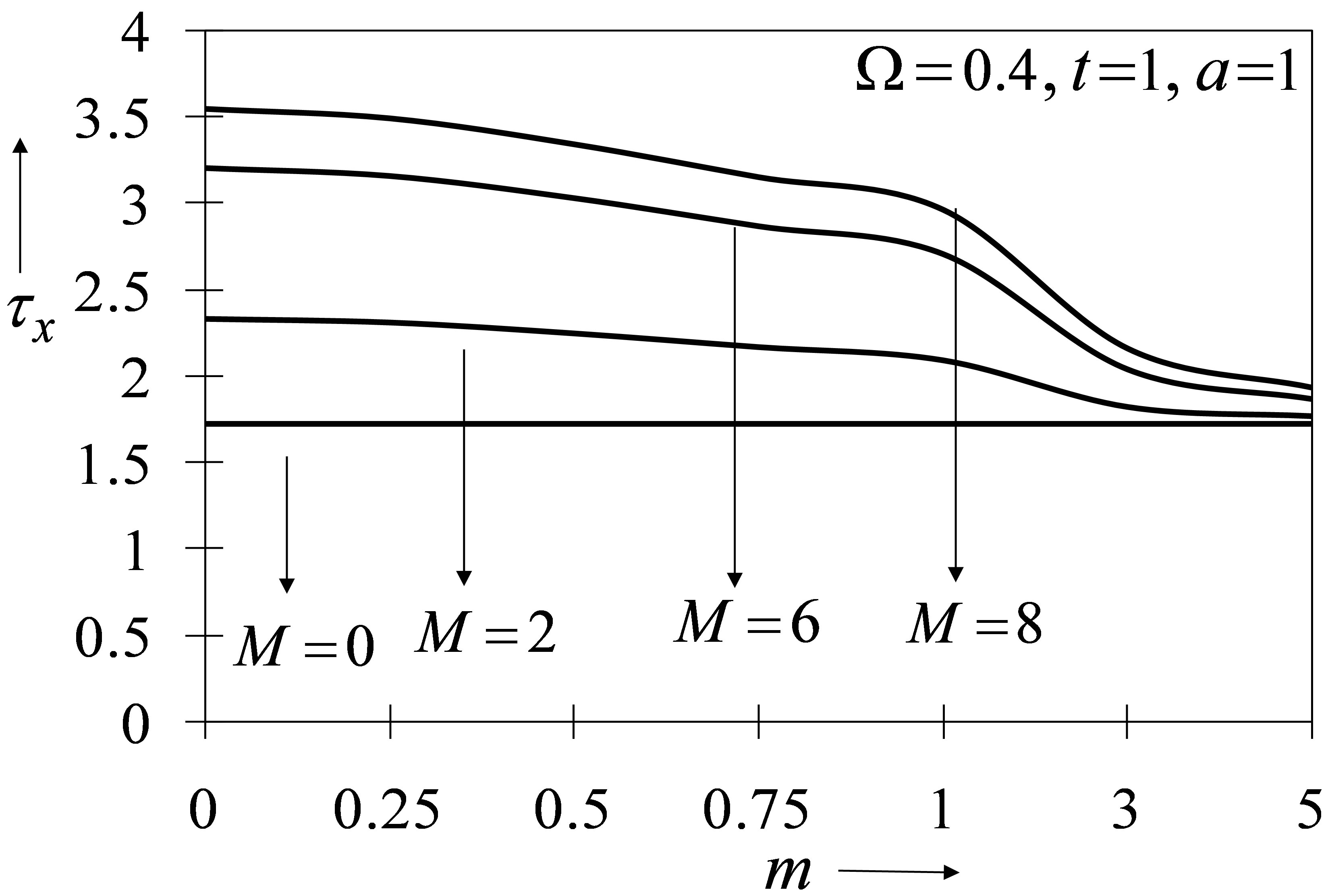
Figure 2. The behavior of 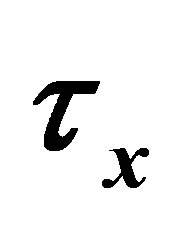 versus m under the effect of
versus m under the effect of .
.
that 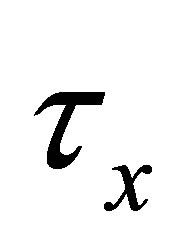 decreases very slowly and steadily as the Hall parameter
decreases very slowly and steadily as the Hall parameter 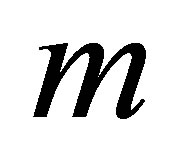 rises. In other words, an increase in the Hall parameter or a decrease in Hartmann number results a decrease in drag force at the plate due to the primary velocity.
rises. In other words, an increase in the Hall parameter or a decrease in Hartmann number results a decrease in drag force at the plate due to the primary velocity.
Figure 3 demonstrates the nature of  against Hall parameter
against Hall parameter  under the effect of accelerating parameter
under the effect of accelerating parameter . Figure 3 exhibits a substantial growth in
. Figure 3 exhibits a substantial growth in 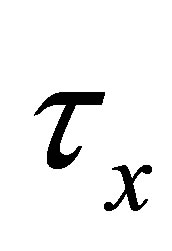 with increasing values of accelerating parameter
with increasing values of accelerating parameter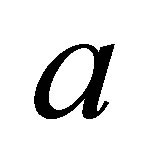 . It is also seen that
. It is also seen that 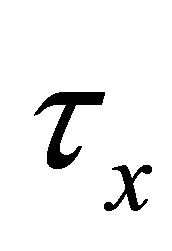 is unalterable for small values accelerating parameter or in absence of plate acceleration. That is,
is unalterable for small values accelerating parameter or in absence of plate acceleration. That is, 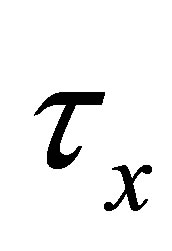 (drag force) due to the primary velocity is undisturbed whenever the plate is at rest as well for the slow movement of the plate. However, for higher values of the accelerating parameter
(drag force) due to the primary velocity is undisturbed whenever the plate is at rest as well for the slow movement of the plate. However, for higher values of the accelerating parameter  skin-friction
skin-friction  decreases gradually with increasing values of Hall parameter
decreases gradually with increasing values of Hall parameter .
.
The behaviour of  (drag force per unit area) due to the secondary velocity field versus Hall parameter m under the effects of Hartmann number
(drag force per unit area) due to the secondary velocity field versus Hall parameter m under the effects of Hartmann number , rotational parameter
, rotational parameter  and acceleration parameter
and acceleration parameter 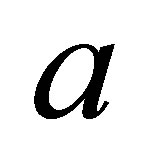 respectively are depicted in Figures 4-6. It is noticed that a rise in
respectively are depicted in Figures 4-6. It is noticed that a rise in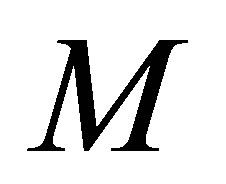 ,
,  and accelerating parameter
and accelerating parameter 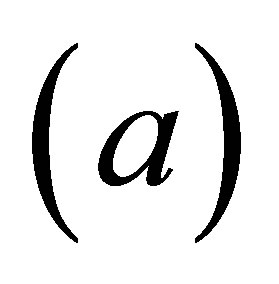 results a growth in
results a growth in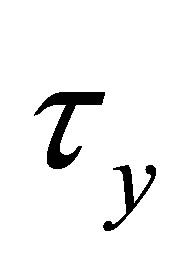 . Moreover
. Moreover 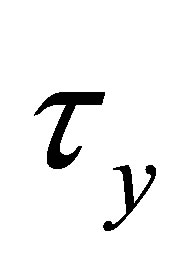 is undisturbed by
is undisturbed by
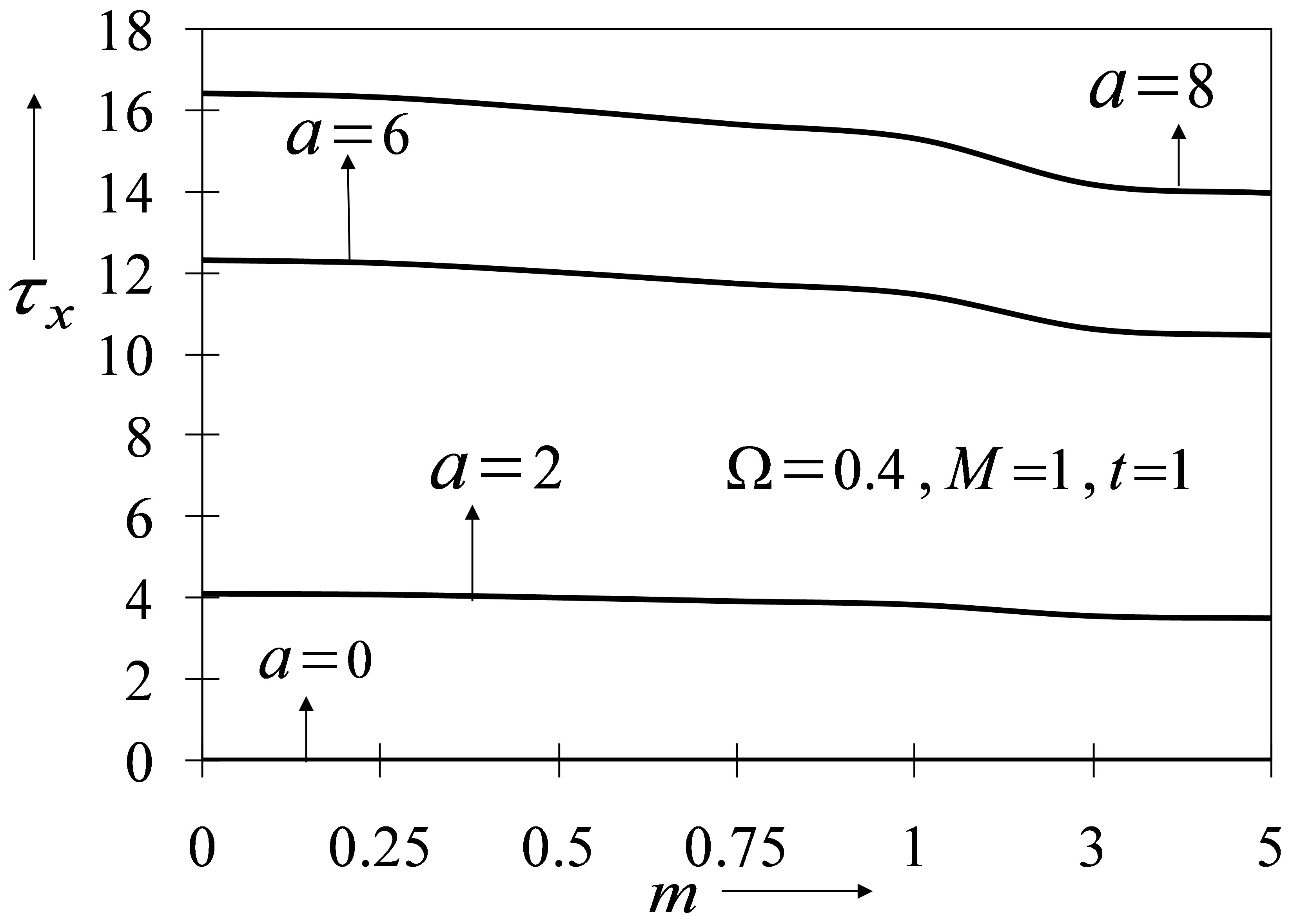
Figure 3. The behavior of 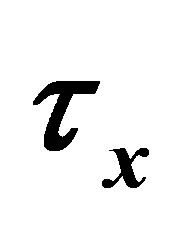 versus m under the effect of a.
versus m under the effect of a.
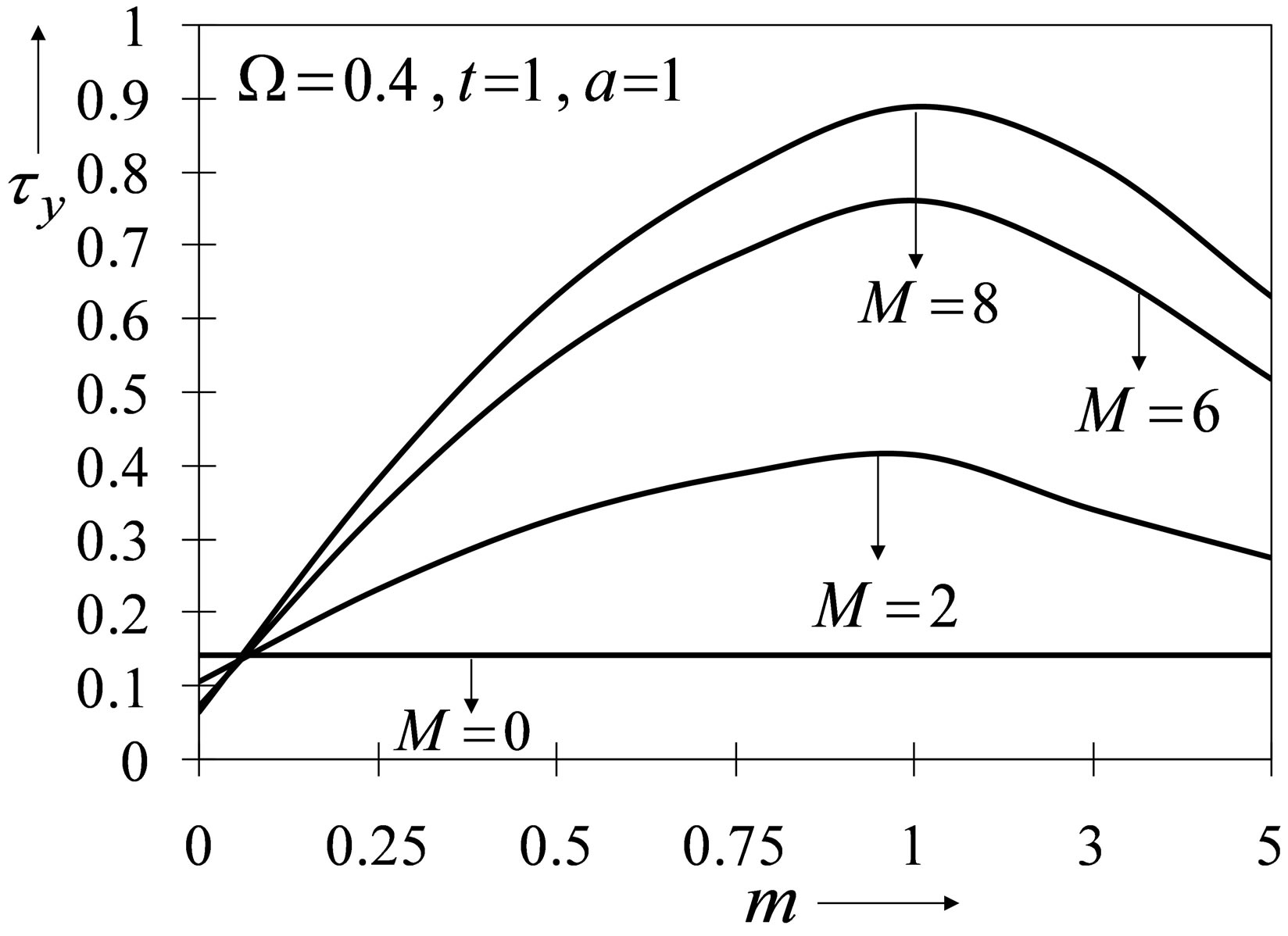
Figure 4. The behavior of  under the effect of
under the effect of  versus m.
versus m.

Figure 5. The behavior of 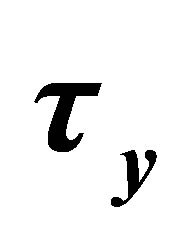 versus m under the effect of
versus m under the effect of .
.
Hall effect in absence of magnetic field and acceleration of the plate. The same figures also indicate the growth of 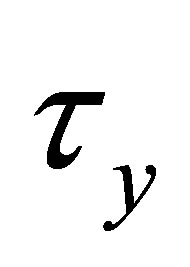 for small and moderate values of Hall parameter
for small and moderate values of Hall parameter 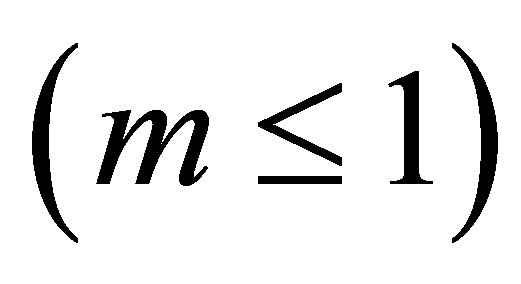 and afterwards a reversal trend on
and afterwards a reversal trend on  is noticed.
is noticed.
The effect of Hartmann number 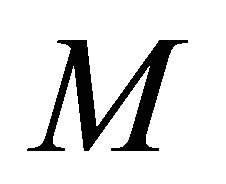 on primary velocity field is presented in Figure 7. This figure clearly
on primary velocity field is presented in Figure 7. This figure clearly
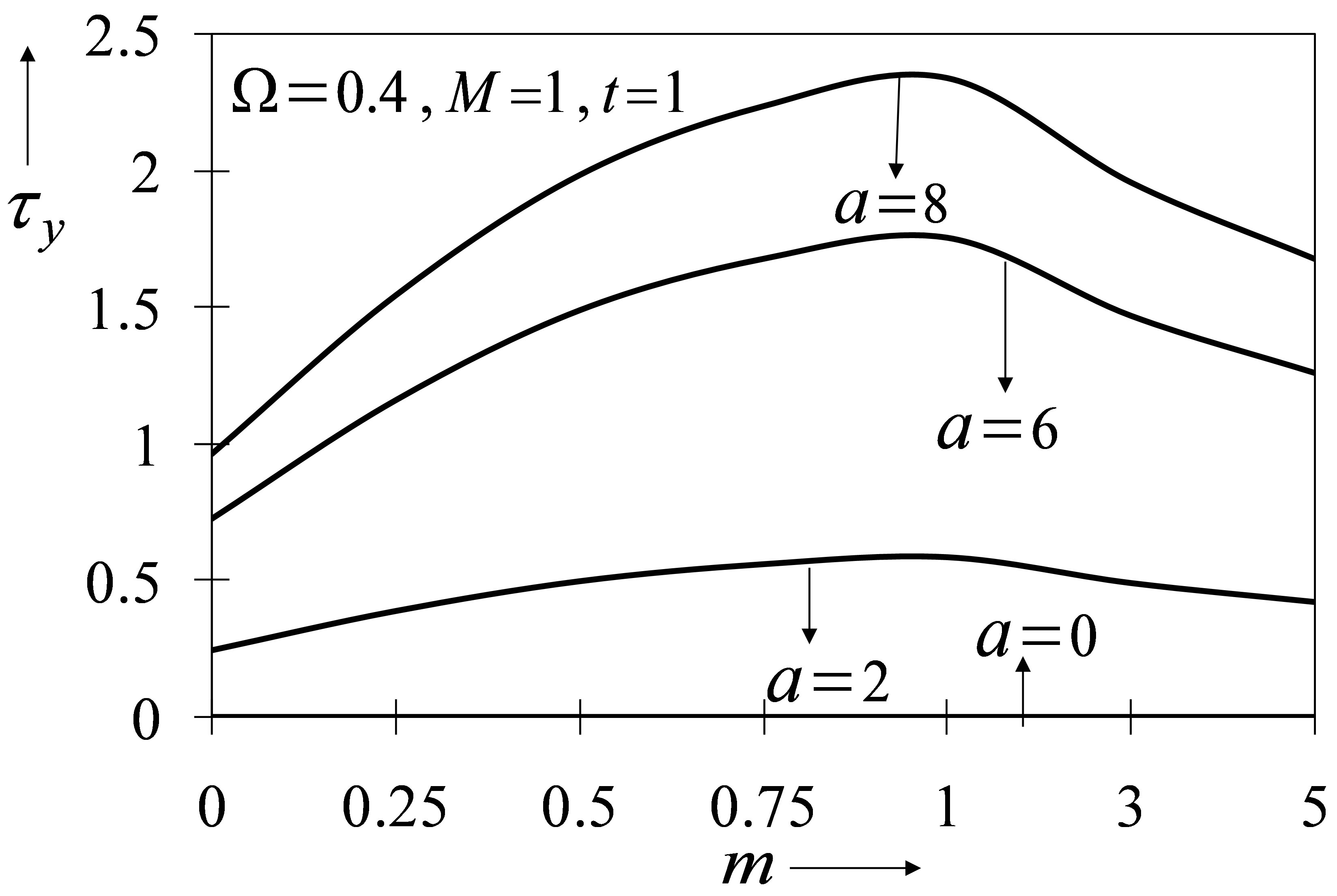
Figure 6. The behavior of 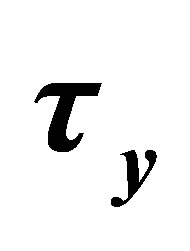 versus m under the effect of a.
versus m under the effect of a.
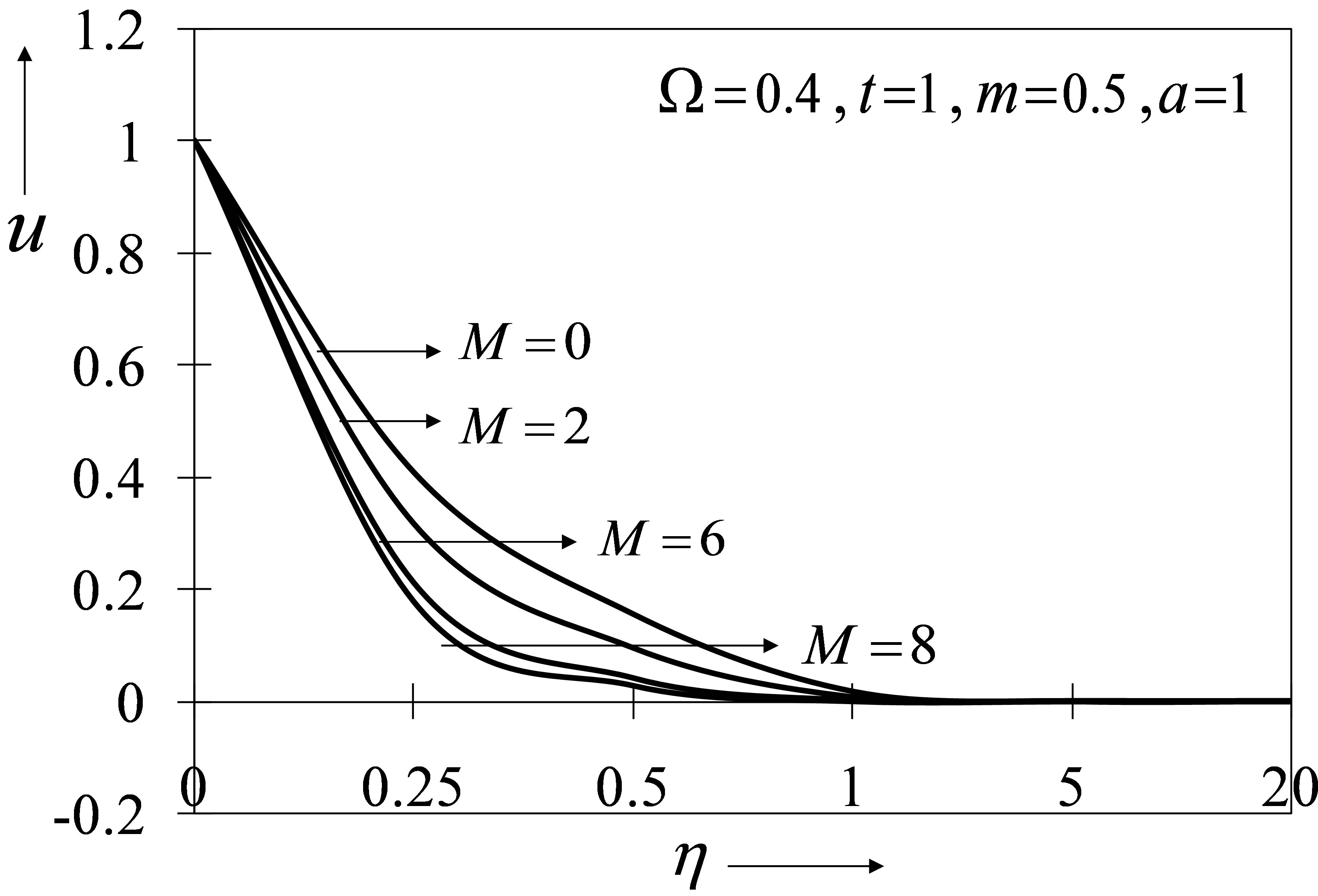
Figure 7. The variation of  versus
versus  under the effect of M.
under the effect of M.
shows that the primary velocity sharply decreases in a thin layer of the fluid adjacent to the plate surface and then it decreases slowly and steadily to its minimum value  as
as . The same figure also indicates that an increase in the Hartmann number
. The same figure also indicates that an increase in the Hartmann number 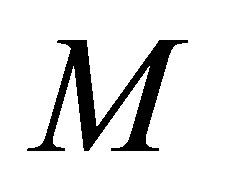 has an inhibiting effect on the primary velocity
has an inhibiting effect on the primary velocity . The primary fluid velocity
. The primary fluid velocity  gets continuously reduced with increasing
gets continuously reduced with increasing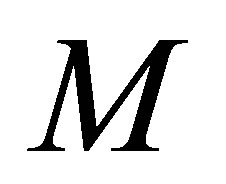 . That is the application of the transverse magnetic field retards the primary motion. This phenomenon has an excellent agreement with the physical fact that the Lorentz force generated in present flow model due to interaction of the transverse magnetic field and the fluid velocity acts as a resistive force to the fluid flow which serves to decelerate the flow. As such the magnetic field is an effective regulatory mechanism for the flow regime.
. That is the application of the transverse magnetic field retards the primary motion. This phenomenon has an excellent agreement with the physical fact that the Lorentz force generated in present flow model due to interaction of the transverse magnetic field and the fluid velocity acts as a resistive force to the fluid flow which serves to decelerate the flow. As such the magnetic field is an effective regulatory mechanism for the flow regime.
Further, it is worthwhile to mention that the effect of Hartmann number 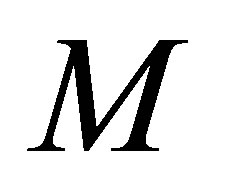 on primary velocity
on primary velocity 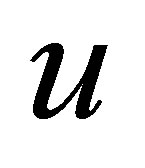 is negligible for large
is negligible for large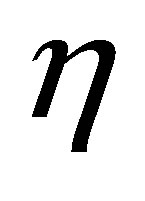 . In other words the fluid motion far away from the plate is undisturbed due to imposition of the magnetic field.
. In other words the fluid motion far away from the plate is undisturbed due to imposition of the magnetic field.
Figure 8 indicates that an increase in the plate acceleration causes the primary flow to retard comprehendsively near the plate. That is the role of accelerating parameter 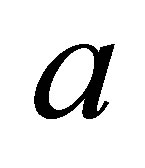 on primary velocity field is almost similar to the role of Hartmann number
on primary velocity field is almost similar to the role of Hartmann number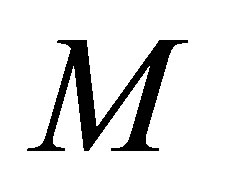 . However, in absence of acceleration a very small growth of primary velocity is noticed in a thin fluid region adjacent to the plate surface and afterwards it falls slowly and steadily to its free stream value as
. However, in absence of acceleration a very small growth of primary velocity is noticed in a thin fluid region adjacent to the plate surface and afterwards it falls slowly and steadily to its free stream value as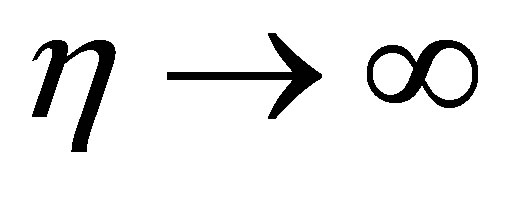 .
.
Figures 9-12 demonstrate the behaviour of the secondary velocity field  under the effects of rotational parameter
under the effects of rotational parameter , Hartmann number
, Hartmann number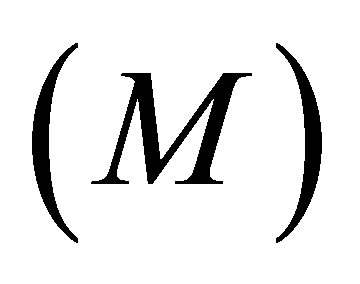 , Hall parameter
, Hall parameter  and accelerating parameter
and accelerating parameter 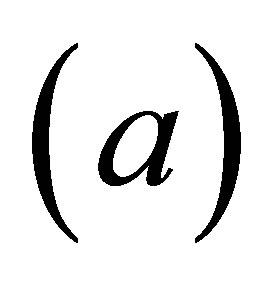 respectively. From these figures, it is interesting to observe that the magnitude of
respectively. From these figures, it is interesting to observe that the magnitude of 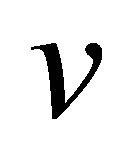 increases from its zero value at the plate surface into a fluid region adjacent to
increases from its zero value at the plate surface into a fluid region adjacent to

Figure 8. The variation of 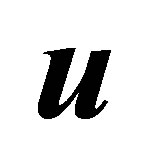 versus
versus  under the effect of a.
under the effect of a.
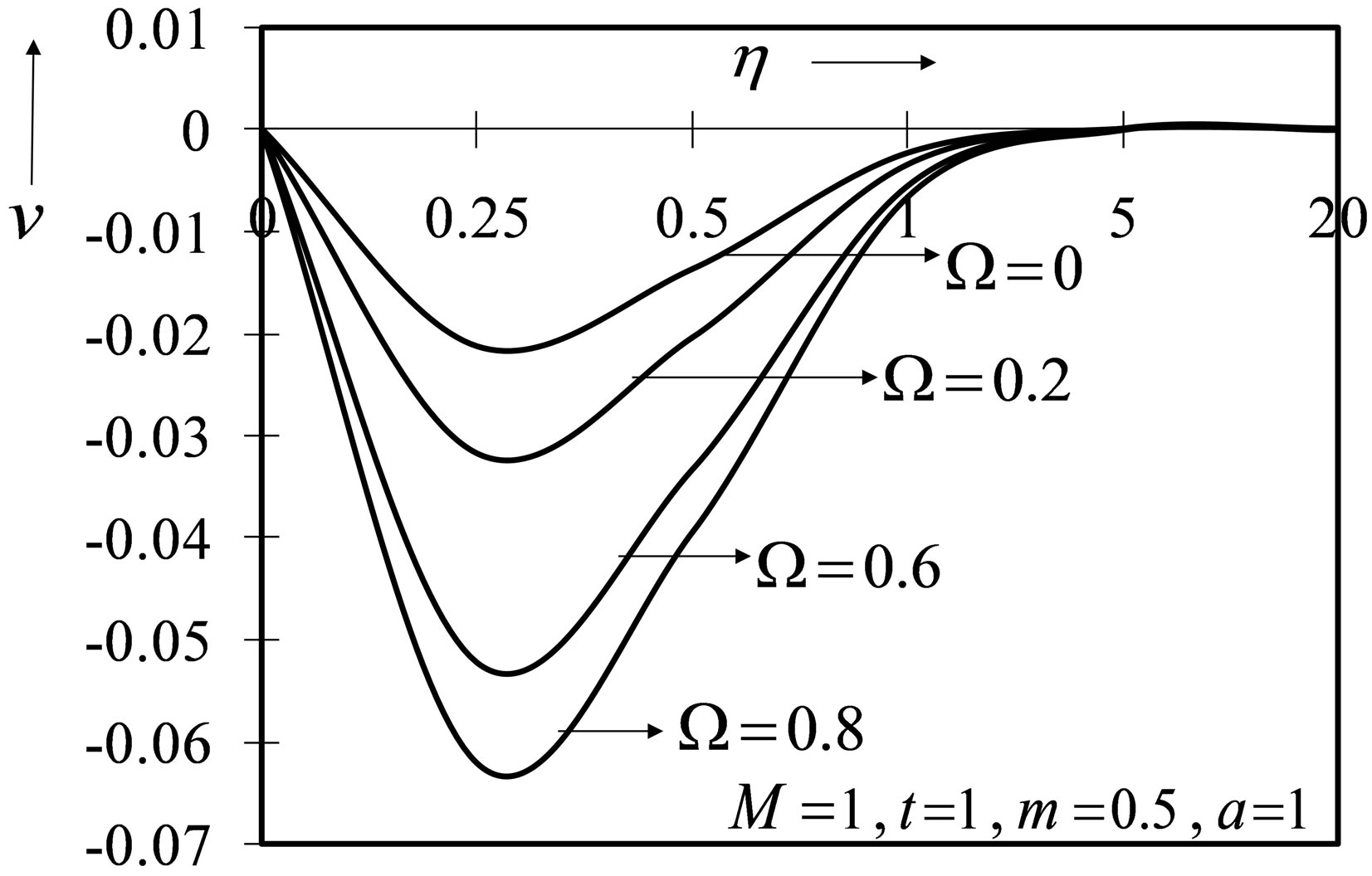
Figure 9. The behavior of ν under the effect of , versus
, versus .
.
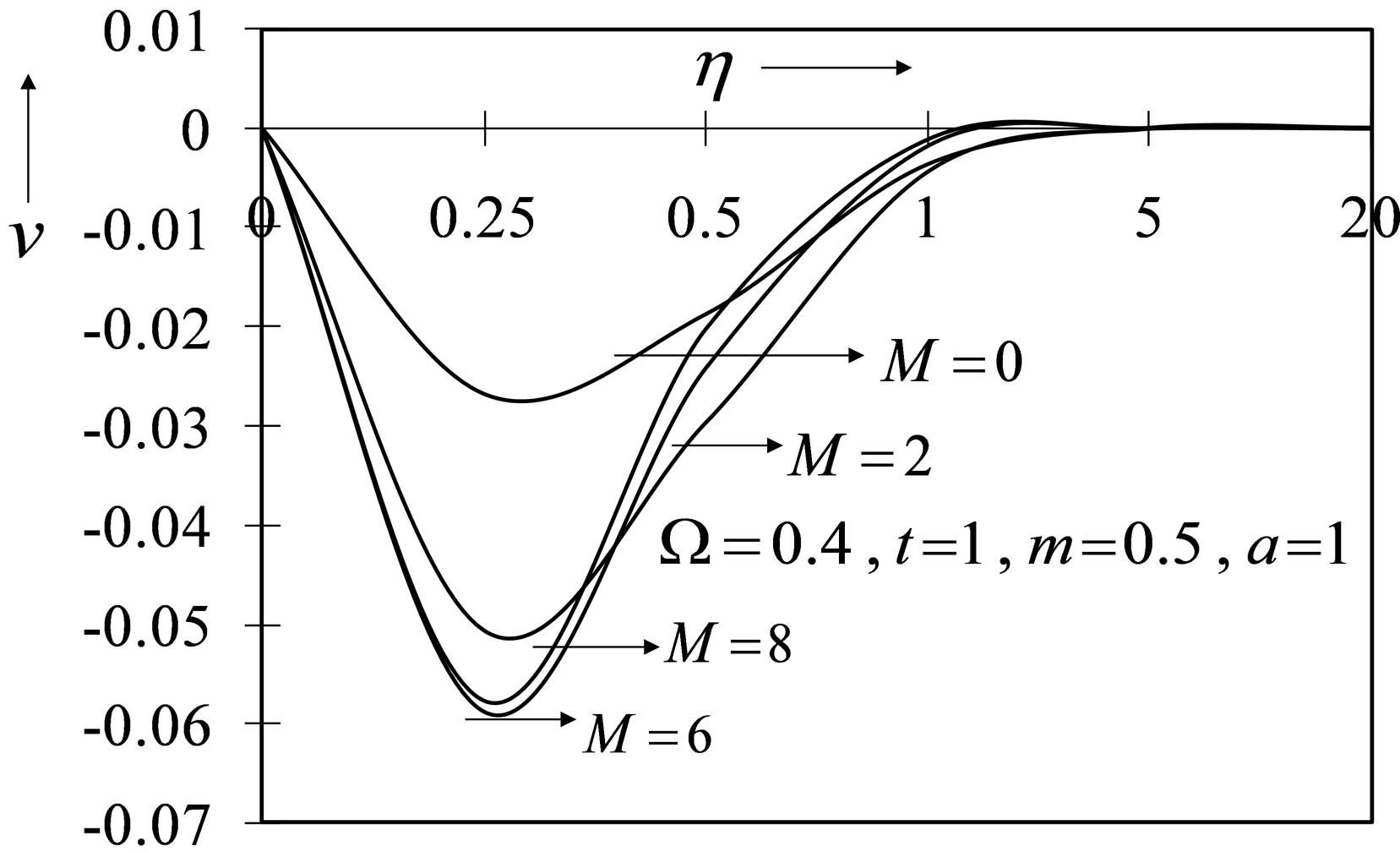
Figure 10. The behavior of ν under the effect of M, versus .
.
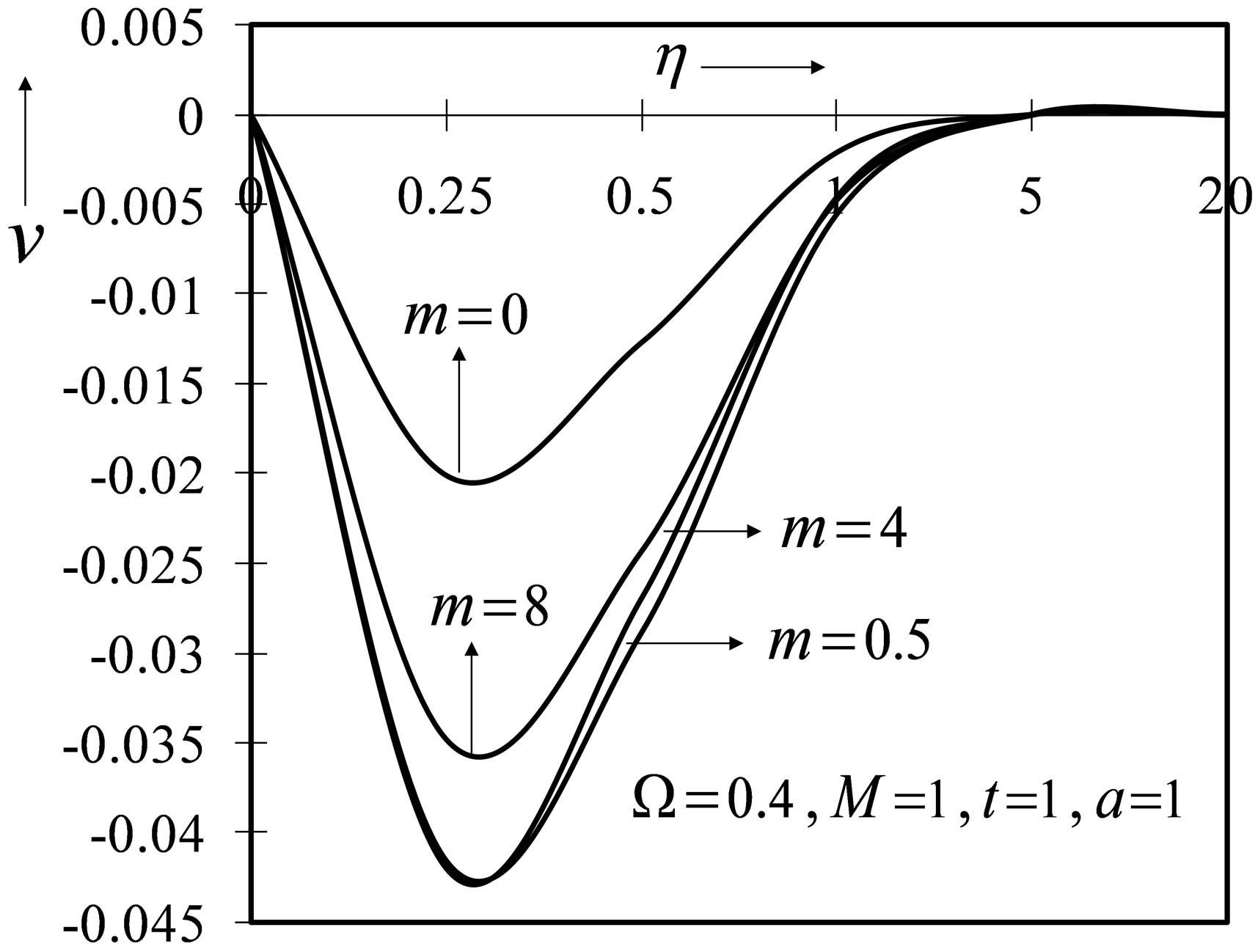
Figure 11. The behavior of ν under the effect of , versus
, versus .
.

Figure 12. The behavior of ν under the effect of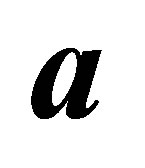 , versus
, versus .
.
the plate and then it decreases to zero value (attainable at possibly large distances from the plate surface). This clearly agrees with the boundary conditions of the present flow problem. Figures 9 and 12 indicate that a rise in the values of rotational parameter  and accelerating parameter
and accelerating parameter 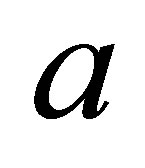 causes a growth in the magnitude of secondary velocity. However, this effect seems to be negligible in the fluid region far away from the plate. Further, it is worthwhile to mention that for small and moderate values of Hartmann number
causes a growth in the magnitude of secondary velocity. However, this effect seems to be negligible in the fluid region far away from the plate. Further, it is worthwhile to mention that for small and moderate values of Hartmann number 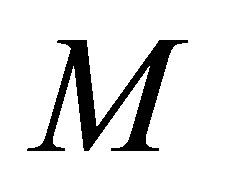 and Hall parameter
and Hall parameter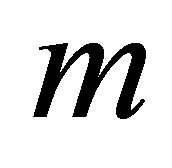 , the behaviour of secondary velocity field is identical to its behaviour under the effects of
, the behaviour of secondary velocity field is identical to its behaviour under the effects of  and accelerating parameter
and accelerating parameter 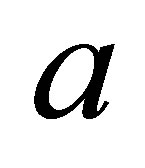 whereas, for higher values of Hartmann number
whereas, for higher values of Hartmann number 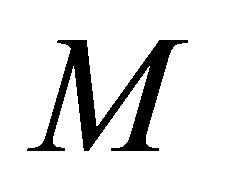 and Hall parameter
and Hall parameter 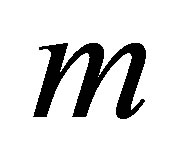 the behaviour of secondary velocity
the behaviour of secondary velocity 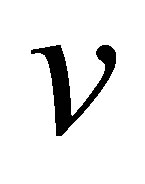 takes a reverse trend.
takes a reverse trend.
It is inferred from Tables 1 and 2 that a rise in rotational parameter , and Hall parameter
, and Hall parameter 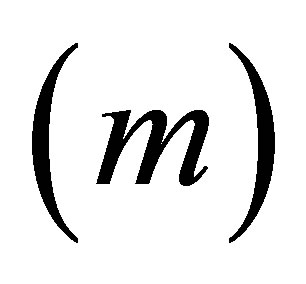 results in a growth in the primary velocity
results in a growth in the primary velocity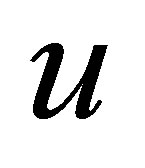 .
.
• 6. Conclusions
• The main flow velocity 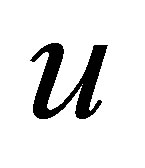 decreases with an imposition of magnetic field.
decreases with an imposition of magnetic field.
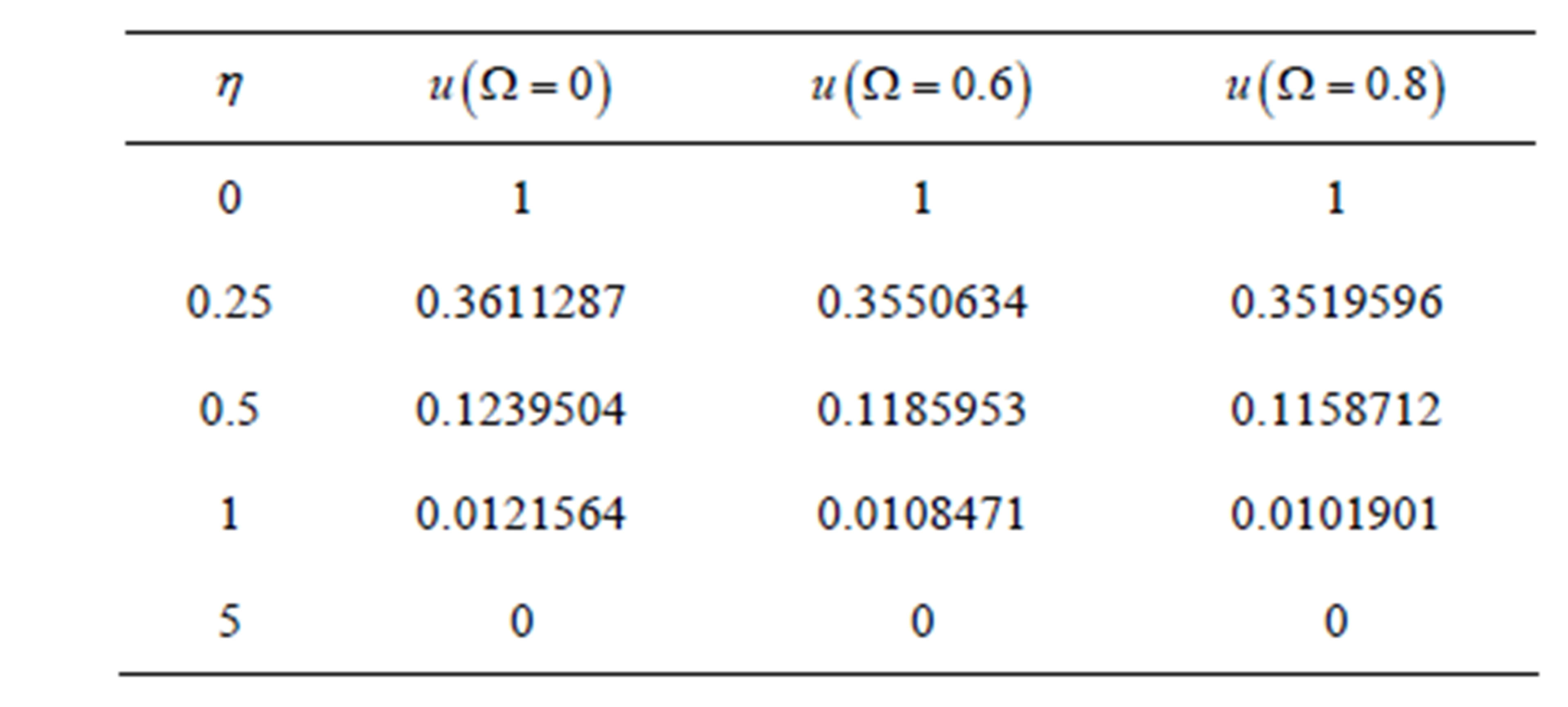
Table 1. Behavior of  under the effect of
under the effect of , versus
, versus .
. .
.
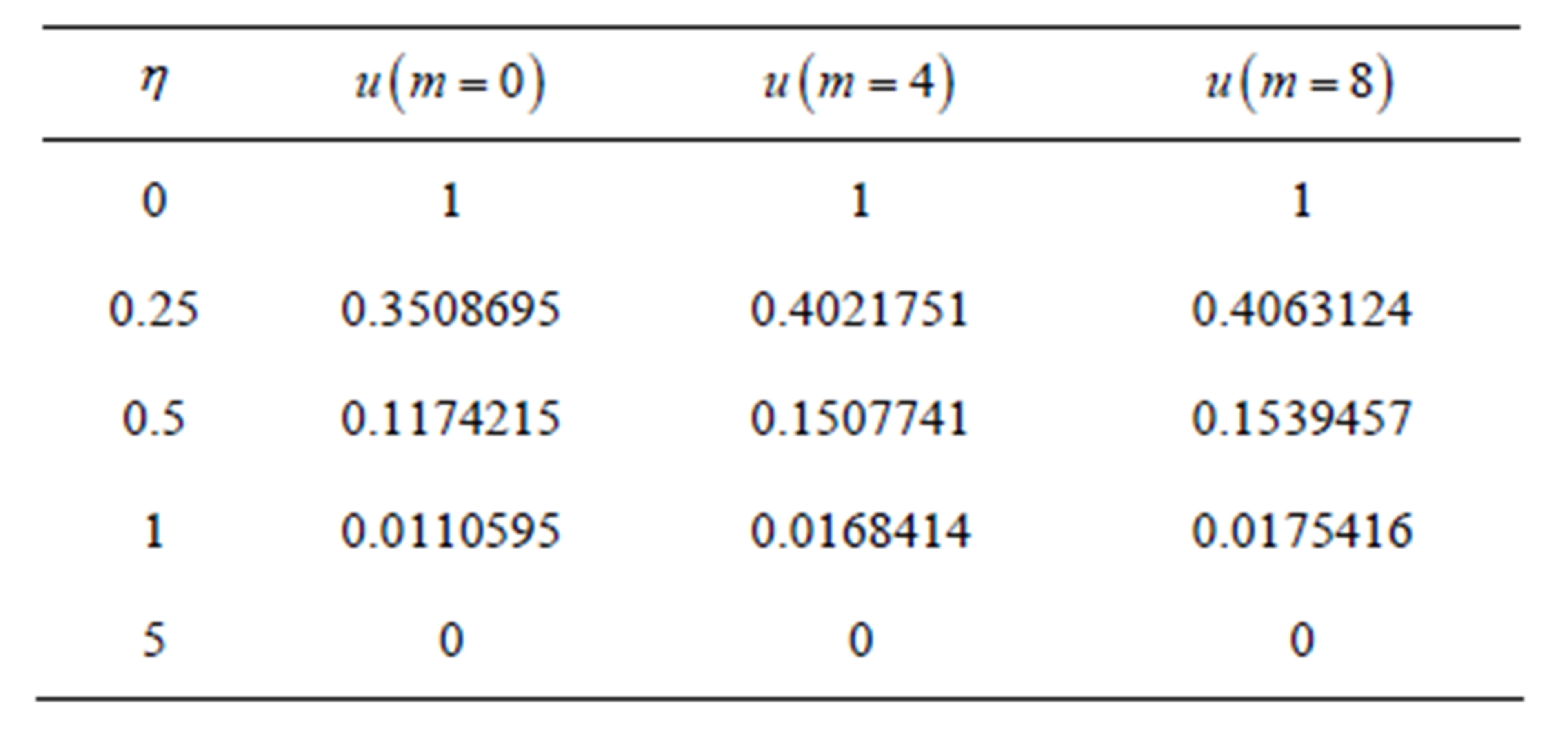
Table 2. Behavior of  under the effect of
under the effect of , versus
, versus .
. .
.
• An increase in accelerating parameter  results in a remarkable growth in the main flow velocity
results in a remarkable growth in the main flow velocity 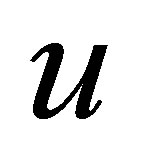 in a thin layer adjacent to the plate.
in a thin layer adjacent to the plate.
• The drag force due to primary velocity 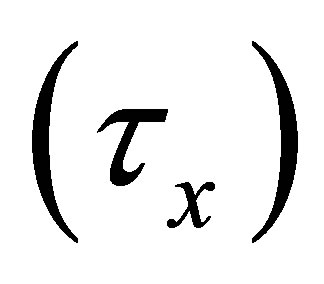 rises due to rotation or imposition of the transverse magnetic field or the acceleration of the plate.
rises due to rotation or imposition of the transverse magnetic field or the acceleration of the plate.
• The skin friction 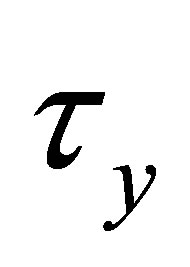 (drag force due to secondary velocity) shows a growth for increasing each of Hartmann number
(drag force due to secondary velocity) shows a growth for increasing each of Hartmann number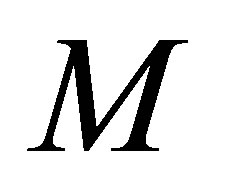 , rotational parameter
, rotational parameter  as well as accelerating parameter
as well as accelerating parameter .
.
7. Acknowledgements
The Authors are grateful to the CSIR-HRDG (India) for sponsoring this work through their Research-Grant-InAid. No. 25 (0209)/12/EMR-I.
REFERENCES
- A. Raptis, “Mass Transfer and Free Convection through a Porous Medium by the Presence of a Rotating Fluid,” International Communications in Heat and Mass Transfer, Vol. 10, No. 2, 1983, pp. 141-146. http://dx.doi.org/10.1016/0735-1933(83)90040-4
- A. K. Singh, “Hydromagnetic Free-Convection Flow Past an Impulsively Started Vertical Plate in a Rotating Fluid,” International Communications in Heat and Mass Transfer, Vol. 11, No. 4, 1984, pp. 339-406.
- A. K. Singh, “MHD Free Convection Flow in the Stokes Problems for a Vertical Porous Plate in a Rotating System,” Astrophysics and Space Science, Vol. 95, No. 2, 1983, pp. 283-289.
- M. Alam, M. A. Sattar and M. Mansur, “Similarity Solution of Steady MHD Free Convection and Mass Transfer Flow with Thermal Diffusion in a Rotating System,” Dhaka University Journal of Science, Vol. 49, No. 2, 2001, p. 147.
- L. Debnath, “Exact Solutions of the Unsteady Hydrodynamic and Hydro Magnetic Boundary Layer Equations in a Rotating Fluid System,” ZAMM, Vol. 55, No. 7-8, 1975, pp. 431-438.
- H. Alfven, “Existence of Electromagnetic-Hydrodynamic Waves,” Nature, Vol. 150, No. 3805, 1942, pp. 405-406.
- T. G. Cowling, “Magneto Hydrodynamics,” Wiley Inter Science, New York, 1957.
- V. C. A. Ferraro and C. Pulmpton, “An Introduction to Magneto Fluid Mechanics,” Clarandon Press, Oxford, 1966.
- I. Pop, “The Effect of Hall Currents on Hydro Magnetic Flow near an Accelerated Plate,” Journal of Mathematical and Physical Sciences, Vol. 5, 1971, pp. 375-379.
- M. Kinyanjui, J. K. Kwanza and S. M. Uppal, “Magneto Hydrodynamic Free Convection Heat and Mass Transfer of a Heat Generating Fluid Past an Impulsively, Started Infinite Vertical Porous Plate with Hall Current and Radiation Absorption,” Energy Conversion and Management, Vol. 42, No. 8, 2001, pp. 917-931. http://dx.doi.org/10.1016/S0196-8904(00)00115-1
- M. Acharya, G. C. Das and L. P. Singh, “Hall Effect with Simultaneous Thermal and Mass Diffusion on Unsteady Hydro Magnetic Flow near an Accelerated Vertical Plate,” Indian Journal of Physics B, Vol. 75, No. 1, 2001, pp. 68-70.
- N. Ahmed and D. Kalita, “Transient MHD Free Convection from an Infinite Vertical Porous Plate in a Rotating Fluid with Mass Transfer and Hall Current,” Journal of Energy, Heat and Mass Transfer, Vol. 33, No. 1, 2011, pp. 271-292.
- N. Ahmed, H. Kalita and D. P. Barua, “Unsteady MHD Free Convective Flow Past a Vertical Porous Plate Immersed in a Porous Medium with Hall Current, Thermal Diffusion and Heat Transfer,” International Journal of Engineering, Science and Technology, Vol. 2, No. 6, 2010, pp. 59-74.
- N. Ahmed and H. K. Sarmah, “MHD Transient Flow Past an Impulsively Started Horizontal Porous Plate in a Rotating System with Hall Current,” International Journal of Applied Mathematics and Mechanics, Vol. 7, No. 2, 2011, pp. 1-15.
Units for Physical Properties


